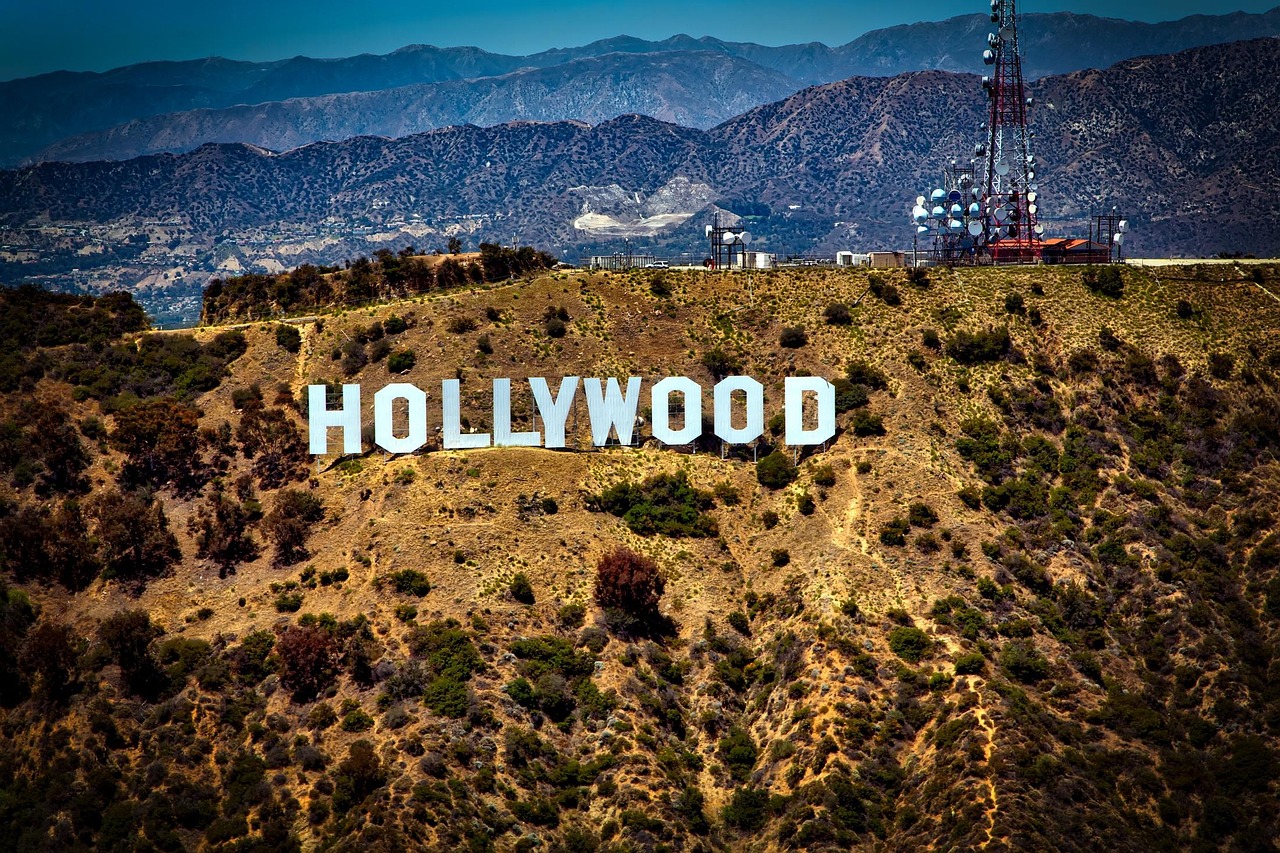The shimmering glow of Old Hollywood never seems to die off audience fascination even almost a century after its peak. This is the legendary period of cinema from the 1910s through the early 1960s that set conventions still shaping contemporary entertainment today. Chic stars, studio hegemony, and classic films made a culturally significant history that endured over three decades.
Background and Industry Context
The golden age of cinema began officially with an era known as ‘the time sound came into being.’ The talking pictures revolutionized movies by making Hollywood synonymous with all things showbiz throughout the world.
It was also something that happened during a period when big studio systems rose into being, systems that would control movie-making for generations. The great studios worked under the vertically integrated model, from production right down to exhibition. MGM, Warner Bros., Paramount, RKO, and 20th Century Fox all took different paths to household name status but their distinctive styles and star rosters.
Studio System and Influence
The studio system was a very efficient recreational factory. The studios kept under contract actors, directors, writers, and an entire technical crew. This meant security; it also meant a loss of creative freedom for artists to whom the long-term agreement bound most.
All the major studios gradually built up different identities through their output. MGM is characterized by gloss and is known for its more stars than there are in heaven slogan. Warner Brothers introduced the gritty gangster film, and Paramount showed prowess in sophisticated comedy.
Iconic Figures
Studios invested heavily in crafting modern movie stardom and developing personas for their contracted actors. Male stars such as Clark Gable and Humphrey Bogart defined masculinity through generations. Bette Davis and Katharine Hepburn broke the mold with strong female characters. Child star Shirley Temple became a national treasure in hard economic times.
Studio publicity machine images of stars do conceal personal struggles most of the time, though this manufactured glamour created an aspirational fantasy that would attract Depression-era audiences. The mystique about these performers is well above that found within today’s celebrity culture.
Enduring Influence
movies that are still considered among the best. Gone With the Wind (1939) broke records for its size and ticket sales.
Citizen Kane (1941) changed how stories were told on film. The Wizard of Oz (1939) showed off new color movie technology in its music-filled scenes. Casablanca (1942) set the standard for love stories while sharing fears of war at home.
Old Hollywood molded the image of American culture and values abroad. Films of this era were America’s most profitable export and they created some enduring stereotypes and ideals; American glamour was a worldwide aspiration depicted in Hollywood productions.
Decline of Old Hollywood
Many factors converged in the 1950s to bring about the fall of the Golden Age. Business models were disrupted by the forced theater chain divestitures of all studios following the 1948 Paramount antitrust decision. There quickly sprang up a home alternative entertainment market via television.
Changing audience demographics and tastes left traditional formulas increasingly less effective. Foreign films and independent productions provided alternatives to studio fare. Method acting rose, challenging more stylized performance approaches favored by studio-era stars.
Legacy and Continuation
Old Hollywood is of growing influence as newer generations get to see classics. Streaming services have made them more attainable than ever before. Among all these continues the pursuit of restored film projects that had their gems lost or damaged during that time.
The highly efficient studio system is a direct case study source for today’s media conglomerates. Old Hollywood is remarkably discussed as an inspiration when there is a talk about franchise filmmaking in the entertainment industry nowadays; studio systems efficiently used production models for today’s cinematic universes, contemporary stars adopting the glamour and professionalism from icons of the Golden Ages.
glamour and luxe décor remain hallmarks in popular culture.

